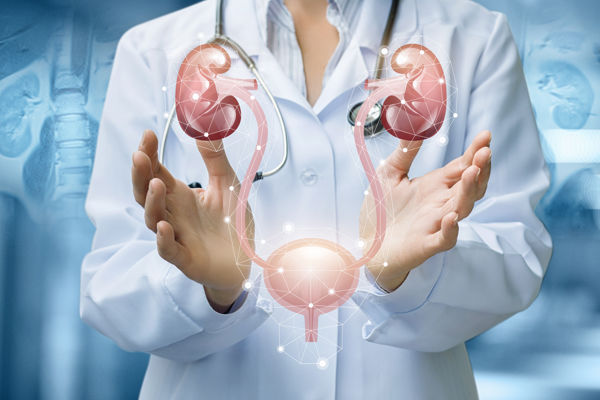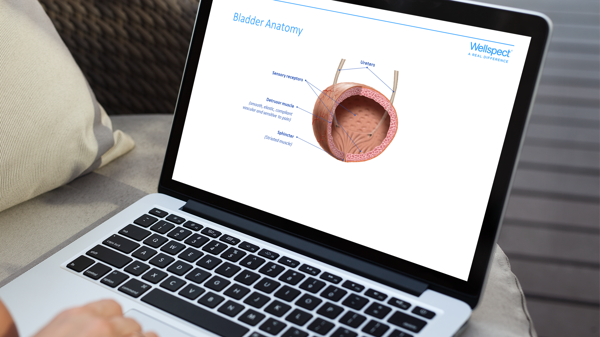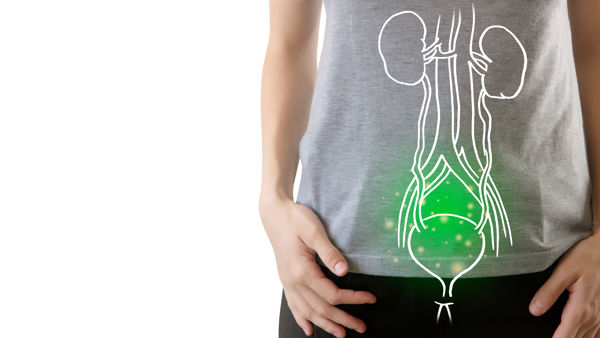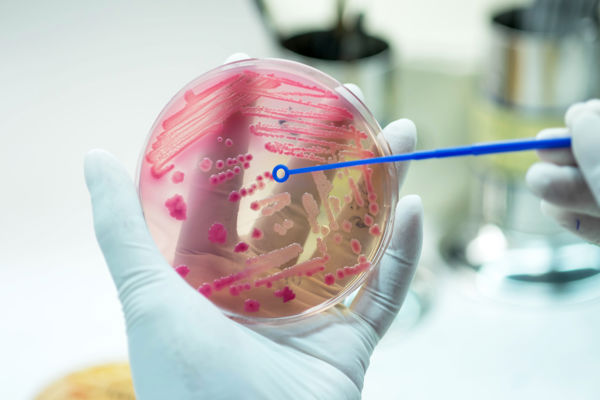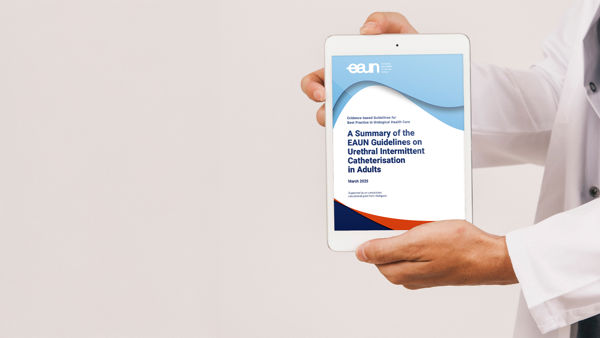Course Theme: Bladder How to teach intermittent catheterisation
In this course you get the basics for teaching intermittent catheterisation. You will learn about the function of the bladder, the anatomy and physiology of the urinary tract, treatment options for incomplete bladder emptying and a webinar where you will get basic information on how to teach IC and why choosing the right catheter is important. It takes about 90 minutes to read the material and watch the webinar.

